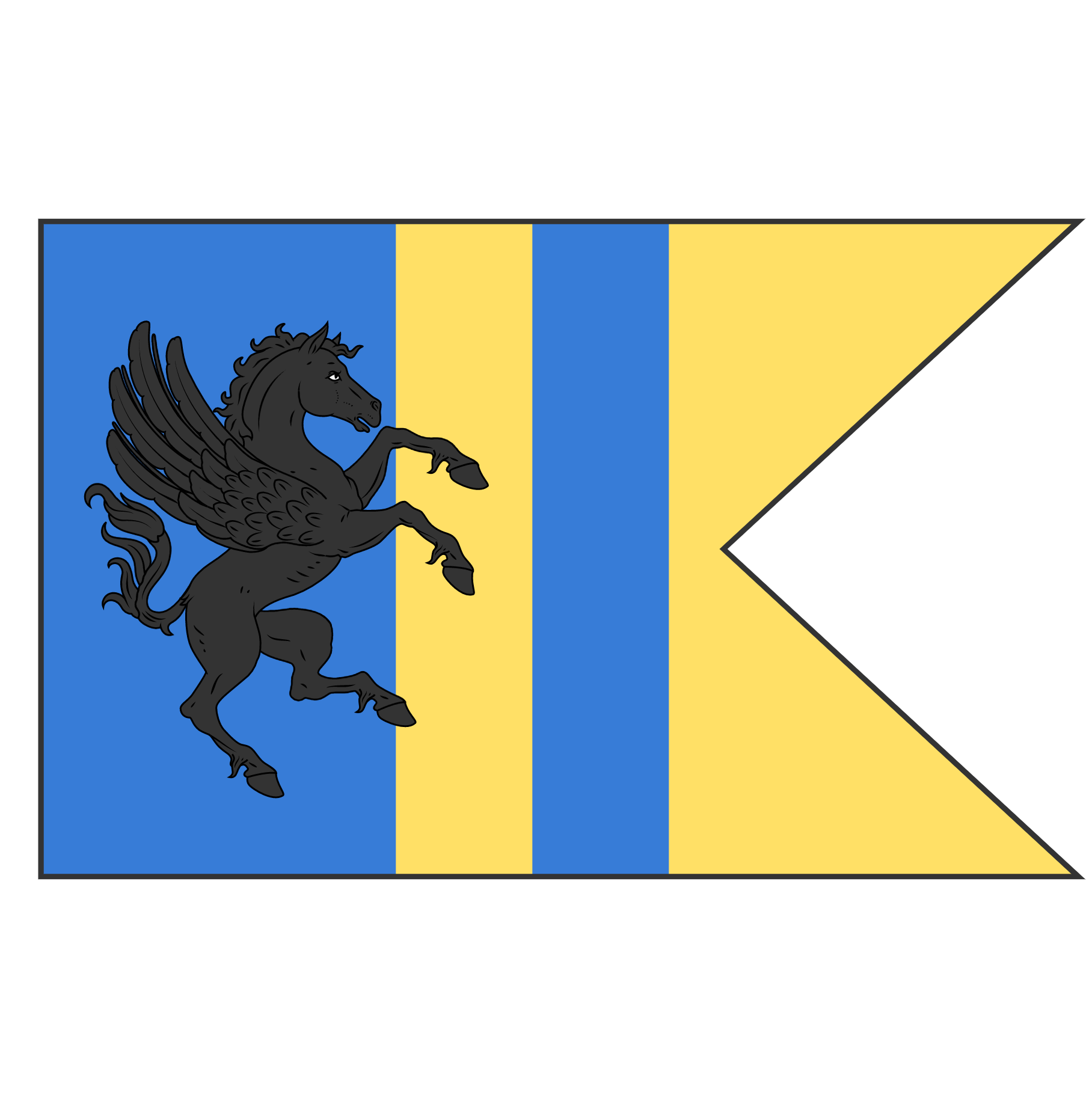"The Dynasty of the greats and the direct descendants. They are the father's of the nation - bringing Cuerero from a small territory restrained to the Oswri river basin. Yet, they were easily overthrown for another, ushering the Fortunian dynasty."— Alfonso Tsuttrul
The Fadriquian Dynasty is commonly the dynasty looked upon most favourably by both common folk and historians. Many of Cuerero's supposed heroes are either from the Fadriquian branch of the
Larramendi Family, connected to it (in the case of the philosopher,
Dulio Yeltishi) or from the time period.
Monarchs
Fadrique Larramendi (664-670)
The father of Cuerero, founding many of the institution fundamental to the nation. It has nearly become an enforced tradition to name your sons (If you are of the upper class) after him or one of the many other greats of Currean history. Yet, his short reign means he had little time on the throne to be remembered for nothing more than establishing the precursor to the modern nation we know today. As he revered so much within Cuerero, many historians argue to what extent the tales surrounding him are true.
Fortun I Larramendi (670-684)
Perhaps he learnt from his father mistakes, or the fact he came to power when younger than his father gave him more time to modernise and reform. He is most famous for his religious tolerance. While the Daiturian faith was common among the ruling classes (having been imported to the region in the late 6th century DEV), it was still not the primary religion in Cuerero, leaving laws in place until the laws reforms by the Aitorian dynasty. However, he is also well known for general governmental reform and his articles on philosophy. Yet, no king is entirely good or evil. He introduced the Currean table of ranks - organising people based on profession and birth. It also meant limited social mobility for the vast majority of the population, which meant future generations had a deficit of competent advisors that could have been found if there was an ability to look from the lower classes.
Fortun II Larramendi (684-687)
The great reformer’s eldest son and perhaps his least competent. In his three-year reign, he did little, but his reign could have easily been worse. Although, his legacy is not exactly the most cherished considering who his heir was selected to be.
Estevan I Larramendi (687-689)
No wonder no other king has been named for him! Many try to forget they even had a king by the name of Estevan Larramendi. In his two short (and rather disastrous) years, he took back many of his grandfather’s reforms, especially upon religious tolerance. Luckily for the nation, he was ill when he came to the thronedied due to all his womanising.
Fadrique II Larramendi (689-695)
Mediocre at best and mostly ignored by historians for other events that happened during his reign. He did reverse the laws of his uncle persecuting other religions, although it is during his reign where the Khafkii began to be instilled as second-class citizens.
Fadrique III Larramendi (695-702)
Like his father, he did not do much but at least he was not a tyrant. He continued to fund and patronise the arts like most of his forefathers, especially religious art. Although, he did plunge the nation into two years of contested succession considering he did not make his will clear.
Pau I Larramendi (702-705)
Destined for an ascetic life away from politics as a scholar and clergyman, although as the eldest son of a monarch, he was bought back into politics by the sudden death of his father. He did little in his contested reign, though to this day historians still ponder the circumstances of his death. Was it foul play or was it just illness catching up to him?
Fortun II Larramendi (702-721)
After coming to the throne abounded by rumours of fratricide, over his 19 years upon the throne he grew from a merely paranoid king to a tyrant. Many rumour, due to his advisors’ power, that he was a meek man manipulated by other highly capable men. But this was not the case. Much of the criminal justice system comes from him and his paranoia – parts for better and parts for worse.
Alessandro I Larramendi (721-740)
Son of the paranoid king and deceptive in his appearance. Born half-blind but with fox-like cunning, he built upon the reforms of his (better) forefathers bringing new tech to the empire. During this time, the grand Hwokh Tazmazsh-tsǔm began its construction, soon to become the nation’s central archive and store of knowledge.
Grimnessa I Larramendi (740-749)
Considered the last of the Fadriquian Dynasty. The woman she was named for, and this naïve, lazy woman were quite stark in contrast. Her reign proved to be quite a disaster, leading to her husband leading a coup against her.





Comments